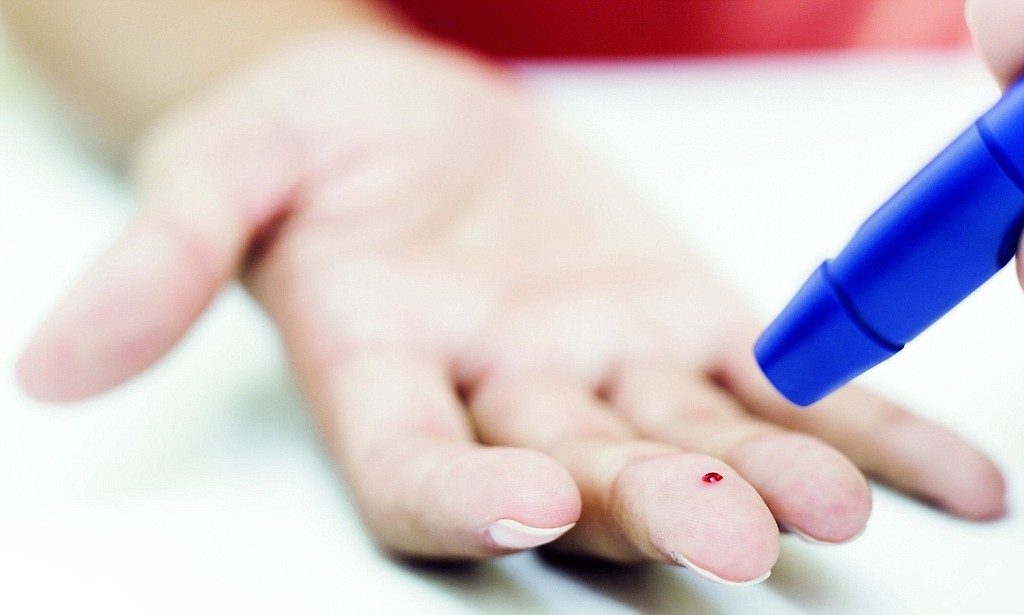A Definitive Guide To Test Iron Level In Blood At Home!

Iron is one of the crucial elements for the human body and is an important mineral necessary for a healthy body. The iron generally helps in the production of oxygen in the human body and are responsible for carrying haemoglobin and myoglobin.
As it supports oxygen delivery to cells and regulates cell growth as well as differentiation in the human body, it is considered as one of the main components for the human body. Those who are iron deficient or suffer from iron deficiency can become anaemic and experience fatigue as well as poor immunity. On the contrary, high consumption of iron can prove to be toxic as well as may consider as fatal.

As a result, it becomes important to check the iron level in blood at regular intervals of time. Usually, having a medical consultation and carrying out blood tests is considered as the only way to check your iron level, but there are some of the definitive steps that can help you in checking out the iron levels at home. Let us have a quick look over those steps:
Step #1: Check out your gums, skin and nails. If you are having a low blood iron content then it will make them appear yellow or pale in colour.
Step #2: Check or listen to your heartbeat carefully. If it skips a beat or beats rapidly or is irregular then there are probabilities that you have a low iron level in your body. There are several other possibilities too, but if this condition persists then it is advised to immediately contact your physician.
Step #3: The next thing to check is your breathing. Notice if it is regular or is quick or uneven. If the case is latter one then there are indications that you are suffering from the iron deficiency condition, popularly known as anaemia.
Step #4: Talk to your doctor if you are experiencing any kind of restless leg syndrome, tongue inflammation or having a desire to eat non-nutritive sources like the dirt. This is usually a common craving among people for having low iron in the blood.
Step #5: Check if you are having any kind of joint pain that is further accompanied by the fatigue. This could also lead to a condition of abdominal pain or a general lack of energy which could be the indication of hemochromatosis.
The above-mentioned steps were some of the common indications that you can easily diagnose and determine if you are suffering from any kind of iron deficiency or not. There are many other options too that can help you in determining the iron levels in your body. They are as follows:
Keep an eye on your energy levels and see if you have become more sluggish. The fatigue is also considered a sign of too much or too little iron in your body.
Examining your skin tone regularly as well as checking your fingernails regularly. Also, for the women, it is important to monitor any kind of changes in the menstrual cycle. A heavy period can lead you to the anaemic condition. Also, check if there are any changes in your skin pigment in your body. Generally, you can ask any of your family members or someone who see you on a regular basis whether they notice any kind of changes in your skin tone.
Notice the habit of your eating and pay attention to the food that you are eating. Make sure that a general nutritional intake has iron components like the leafy vegetables. Generally, women aged between 14 to 50 needs 15 to 18 mg of iron per day while on the contrary men need only 8 mg of iron per day.
This is how, you can carry out the blood test at the home itself. If you suffer from any of the above-mentioned conditions, you need to concentrate on your nutritional diet plan and include more iron source in your diet.
